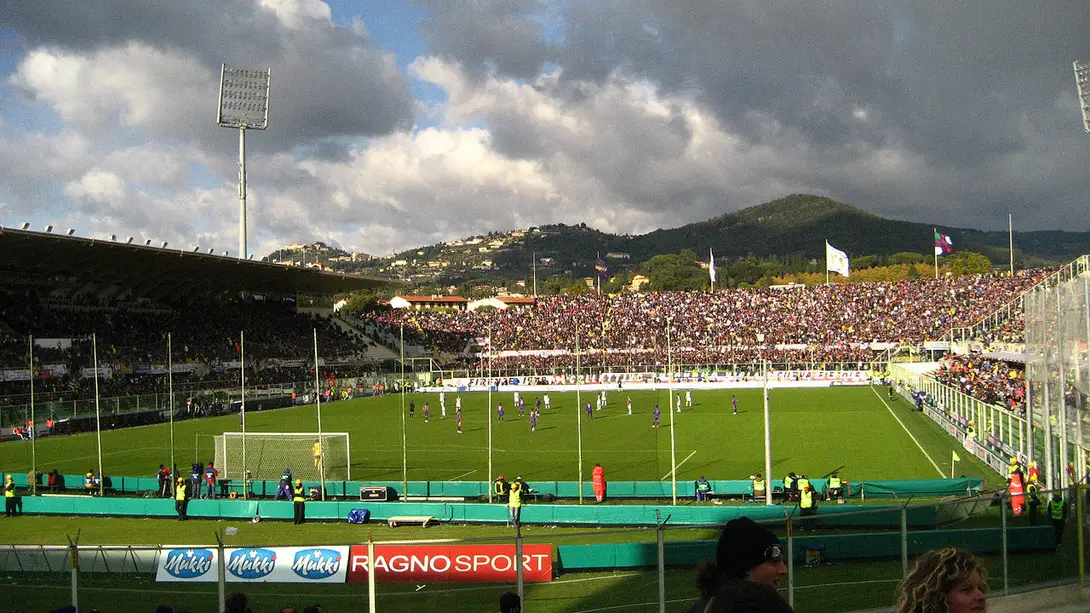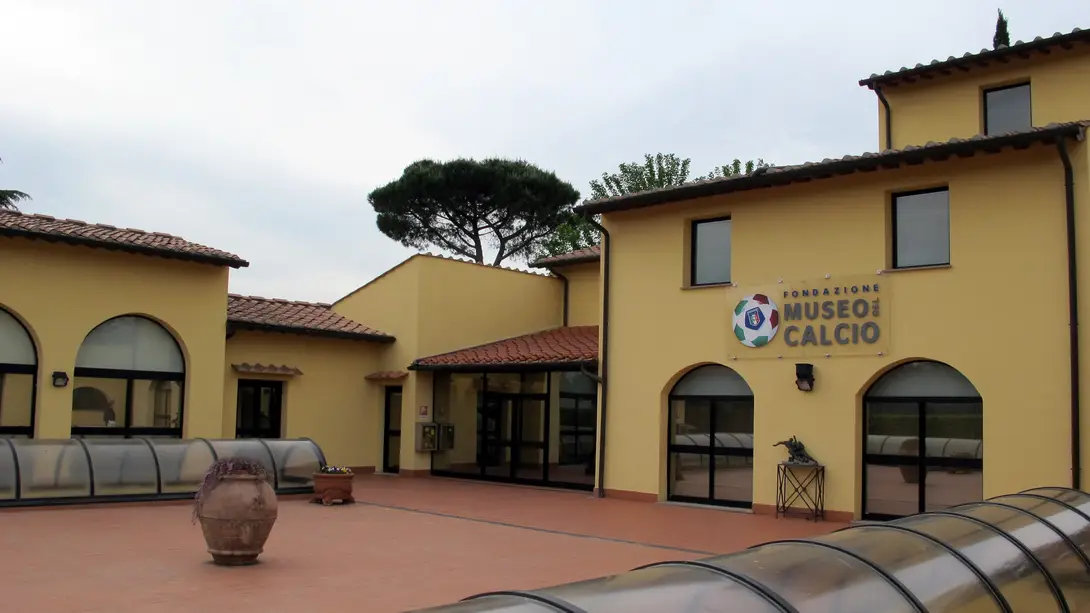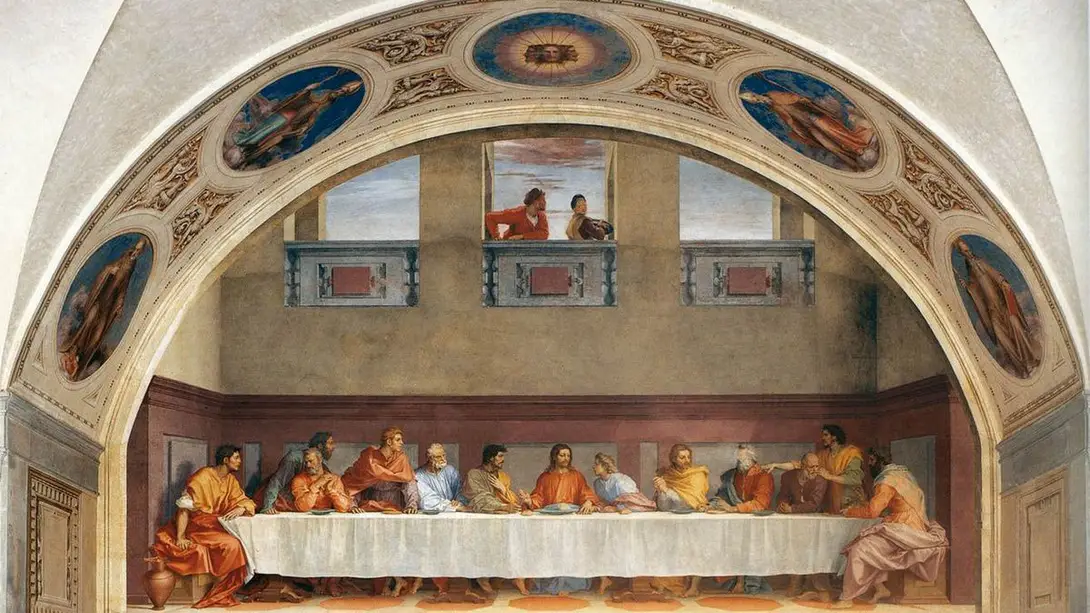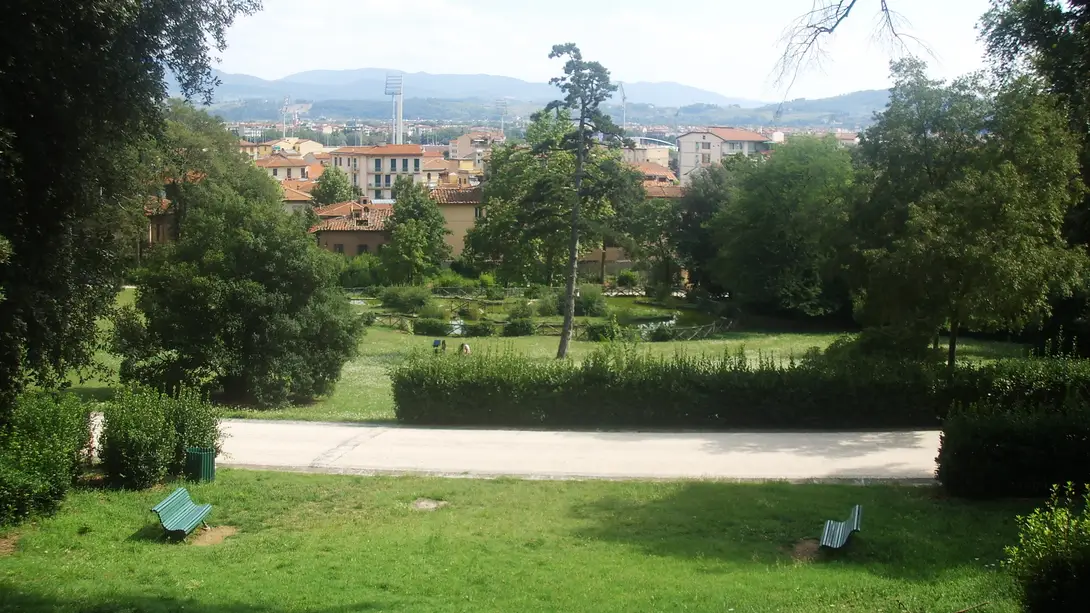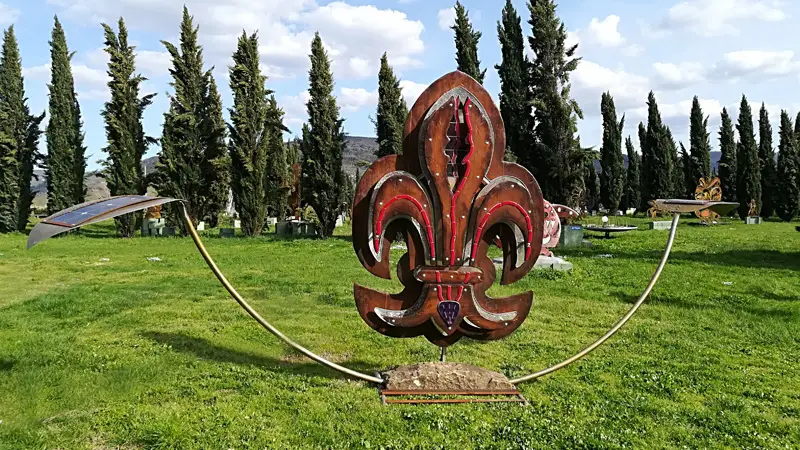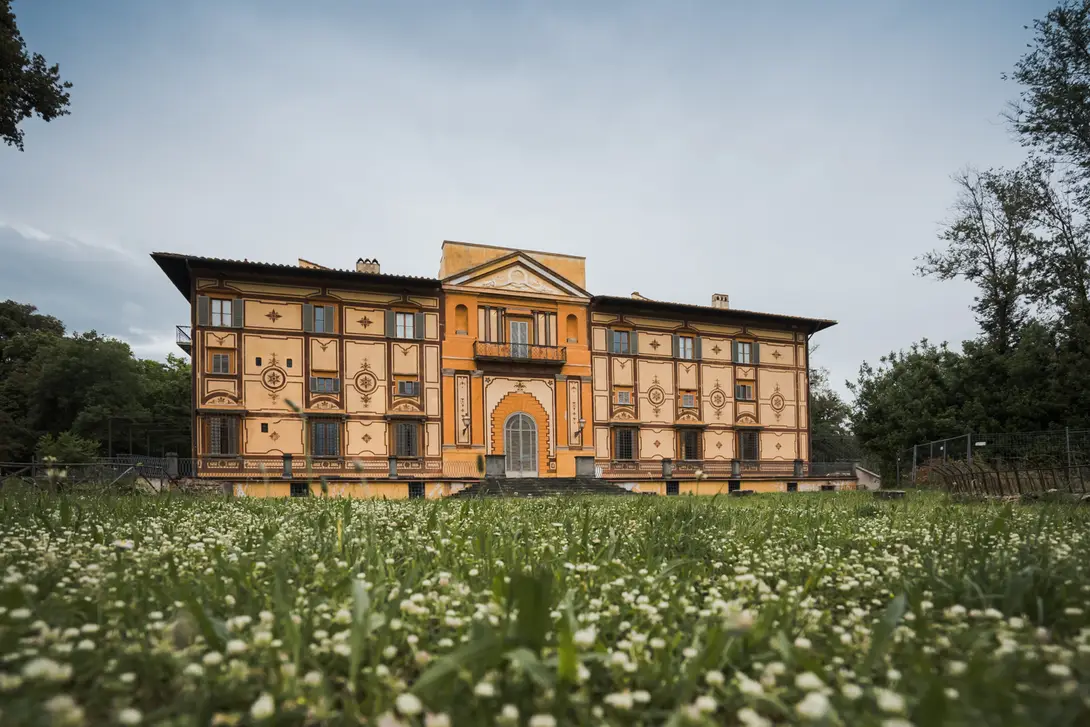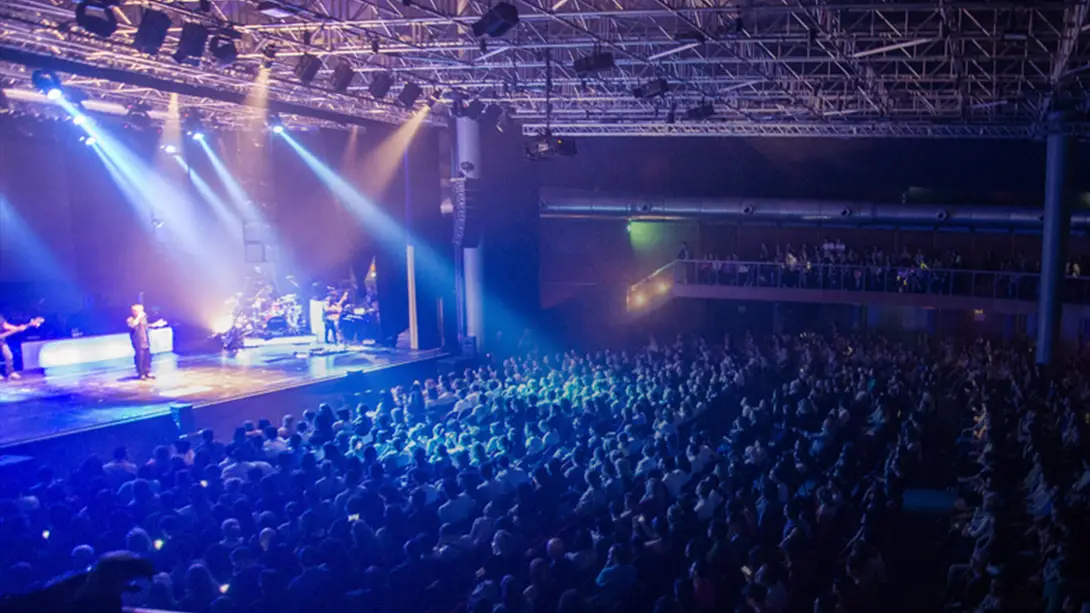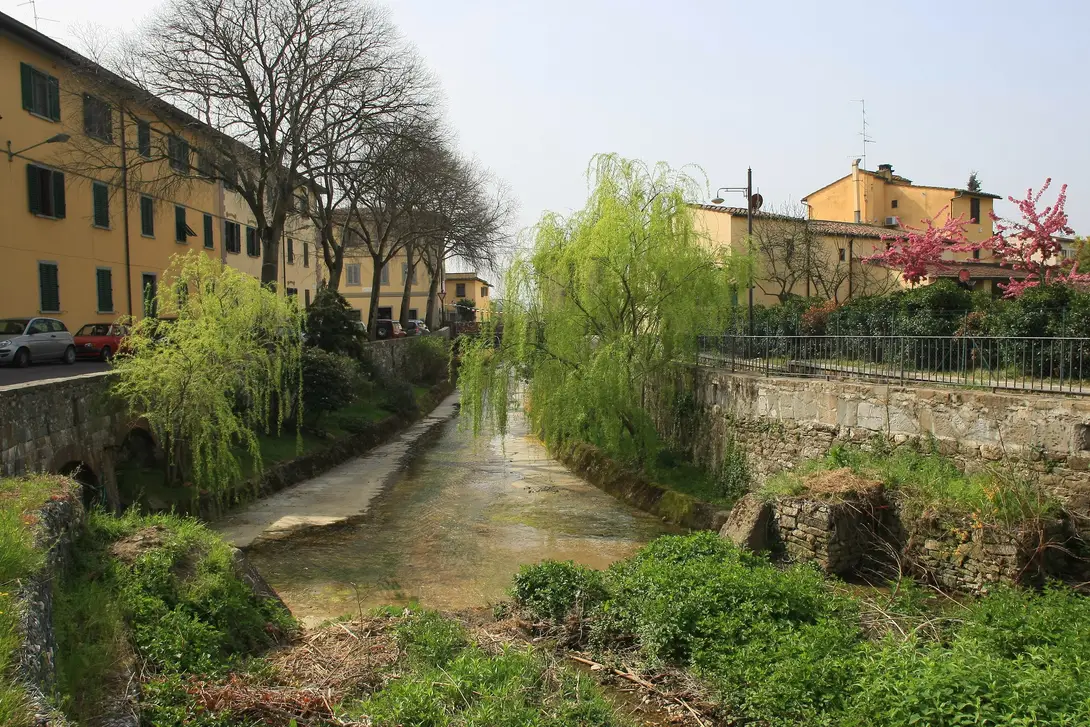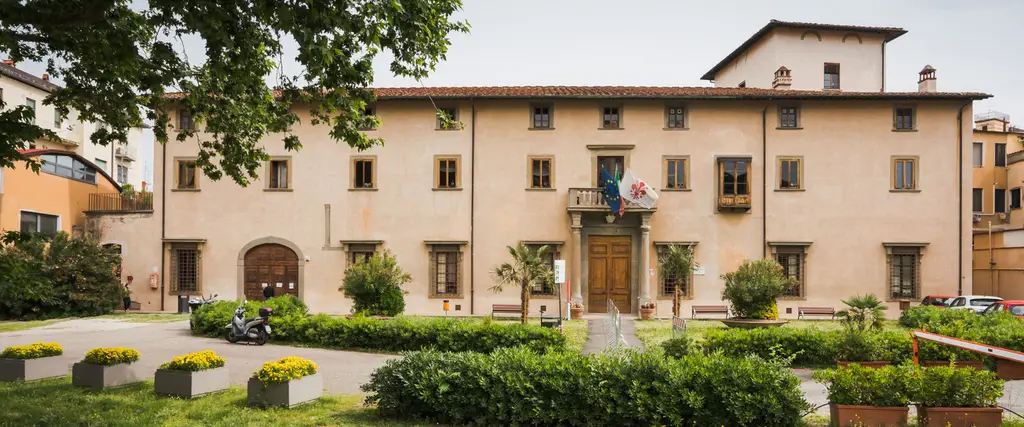
The District of Campo di Marte
The District of Campo di Marte
Campo di Marte is a district located in the northeast of Florence. It was conceived in the 19th century on a project by Luigi de Cambray Digny for the Tuscan Army training and for military parades (the first Florence airport was built there).
Sport district
The district began to acquire its own shape mainly in the 20s and 30s, in terms of both urban planning and construction. During this period a large part of the area was converted into a sports district and it still maintains this function, hosting the major sports facilities of the city: the Municipal Football Stadium Artemio Franchi (the ACF Fiorentina’s "house") designed by Pier Luigi Nervi in 1929, the Luigi RidolfiAthletics Stadium, Rugby and Baseball fields, the Costoli Swimming-Pool, and the Mandela Forum Sports Hall.
Art
This neighbourhood boasts many places of great interest: the ancient Church of San Michele in San Salvi, with the adjoining museum that houses the Last Supper by Andrea del Sarto, a series of Art Nouveau buildings - notable examples are concentrated in Via Scipione Ammirato, Via del Ghirlandaio, Via Orcagna - the Football Museum of Coverciano, situated inside the Federal Technical Centre, dedicated to our legendary National Team. The Enzo Pazzagli Art Park, situated in the Rovezzano area, is a large garden decorated with sculptures and installations created by the contemporary artist Enzo Pazzagli; not far away is located the eighteenth century Villa Favard and its surrounding park.
Traces of the past can still be found in various buildings (see for example Villa Arrivabene, the Neighbourhood House) and in the street names, such as via Piagentina, which was the meeting point of famous Macchiaioli painters, like Telemaco Signorini and Silvestro Lega, who used to portray these landscapes in their paintings.
Greenery
Parks and green areas of District 2 are many and each of them deserves a visit. In the nearby of piazza delle Cure, recently redeveloped, is located the Pettini Burresi large green area, while the historic garden of Villa il Ventaglio, designed by Giuseppe Poggi in the nineteenth century, is situated on the road to Fiesole. Parco del Mensola has recently been inaugurated and with its 18 hectares, is the second largest park in Florence (the first one is Cascine); one of its access points is from the slopes of Settignano, a splendid hilly hamlet, often immortalized by the Macchiaioli, as well as linked to the memory of Gabriele D'Annunzio and Eleonora Duse.
The statue of Rain Man by the Belgian sculptor Jean Michel Folon, representing a man who finds shelter from the rain with an umbrella made of water, is situated right opposite the former Teatro Tenda on Lungarno Aldo Moro.
Connections
A few steps away, for lovers of nature and sport, along the right bank of the Arno River, the beautiful pedestrian-cycle path connects Ponte San Niccolò to Girone public gardens.
Watch the video below:
Comune di Firenze
The places
Stages
Stadio Comunale Artemio Franchi
The Franchi stadium was built between 1930 and 1932 based on a project by engineer Pier Luigi Nervi in the area of Campo di Marte. This Italian rationalist-style stadium shows some structural features which are very innovative for that time, such as the projecting roof without supports and the helical stairs. Commissioned to a company from Turin, the grass cover immediately turned out to be of excellent quality, thanks to its perfectly drained pitch. Over the years, the stadium has undergone several changes with works carried out especially for Italy 1990. Its capacity is 47,000 people. The football ground hosts the ACF Fiorentina matches.
Fondazione Museo del Calcio
At the Technical Center of Coverciano there is this museum, which collects memorabilia and objects that represent the history of football (particularly of the Italian National Team) such as balls, jerseys, shoes, cups, medals.
By visiting it, the deeds of the great champions, the history of the Italian national team with its successes and of the Federationthrough more than 100 yearsof life are relived over time.The museum is also a digital documentation center with photographs and videos.
The Museum offers the opportunity, for schools and football teams, to play and work out on the FIGC Technical Center fields of Coverciano, two hours of training under the guidance of FIGC trainers.
Cenacolo and Museum of Andrea del Sarto - San Salvi
The Last Supper and Museum of Andrea del Sarto at San Salvi occupies the 16th-century rooms of the ancient Vallombrosian monastery of San Salvi and is named after the splendid Last Supper frescoed by Andrea del Sarto (1551-1526).
Accompanying this masterpiece, partly inspired by Leonardo da Vinci's Last Supper in Milan, are a series of large altarpieces by 16th-century Tuscan painters, contemporaries of Andrea del Sarto, the ‘painter without errors’; these also include early works by Pontormo, his pupil, and the remarkable funeral monument to St. John Gualbert (founder of the Vallombrosan Order of Monks) by Benedetto da Rovezzano.
The Last Supper by Andrea del Sarto is part of the itinerary of the Florentine Cenacles.
Park of Villa Il Ventaglio
The park was originally conceived for the private villa built by the architect Giuseppe Poggi for the Archinto family between 1839 and 1853, and included a small Romantic lake with a tiny island and bridge. The large avenue, wide enough to take carriages, was a forerunner of solutions later adopted by Poggi for the Viale dei Colli.
Pazzagli Art Park
The Pazzagli Art Park is situated in the south of Florence in a context of hills dotted with villas and castles. The Arno runs nearby. In the wide area of 23,900 square meters, it is possible to admire more than 200 works of art: many of these works are metal sculptures made by the same creator of the Park, Enzo Pazzagli. There are also several resin cows of the Cow Parade, and even a “living sculpture” of 300 cypresses, which can be best admired from above.
Children can see beautiful works of the Viareggio Carnival Foundation. There is also a playground with swings, slides and a large inflatable dragon. Art and creative workshops for children and lessons on eco-sustainability are by reservation.
Villa Favard
Having bought the villa in the second half of the Nineteenth Century, Baroness Favard commissioned Giuseppe Poggi to carry out the works for the modernization and embellishment of the building and the garden. The architect designed a stable, a new access road on Via Aretina and the building of a chapel, later decorated with frescoes by Annibale Gatti and Giovanni Duprè.
The park was renovated according to the typical English-style plan and, besides a large number of native plants (oaks, holm oaks),several trees with an exotic taste were planted, including the cedars of Lebanon and magnolias.
Two greenhouses made of iron and glass were built to give shelter to lemon trees and tropical plants.
When Banoness Favard died (1889), a period of decay began, which reached its climax when the German troops occupied the villa during the Second World War. In the Seventies, the opening of Via Rocca Tedalda and the splitting up of the entire property definitively altered its original structure, separating the villa from the large access road on Via Aretina , from the patrician villa and from the park.
Teatro Cartiere Carrara ex Tuscany Hall
The first season of the “Teatro Tenda” is dated 1978 and took place in the historical venue where the now called Tuscany Hall is situated today. In2002 the tensile structure was transformed into a permanent structure with 2300 seats, able to accommodate people for conferences, fairs, open competitions and food events. Many famous artists appeared on this stage: Patti Smith, Ligabue, Nick Cave, Sigur Ros, Moby, Muse, Simple Minds, Cesare Cremonini, Robert Plant, Joan Baez. The new structure, born in 2002, was called Saschall and since January 2019, Tuscany Hall. After other changes of sponsor, is now Teatro Cartiere Carrara.
Parco del Mensola
Mensola Park covers an area of about 20 hectares between Settignano and Rovezzano, and connect the village of Ponte a Mensola with the Arno banks through a pedestrian cycle path and a walkway leading to sports facilities. The park is part of one of the most interesting protected natural area in the Florentine hills.
